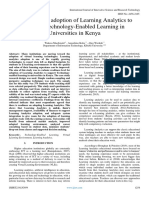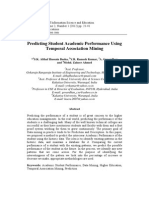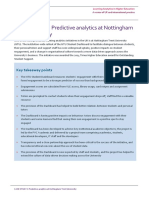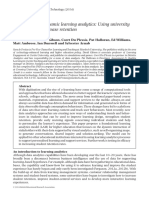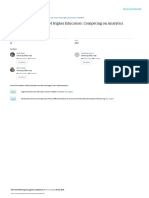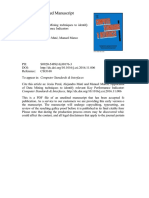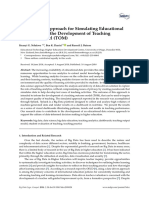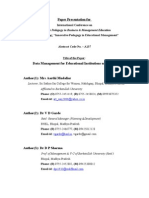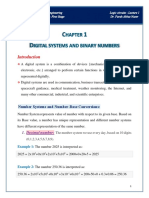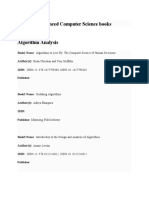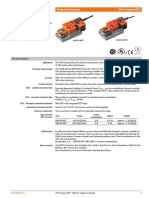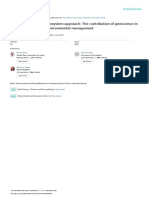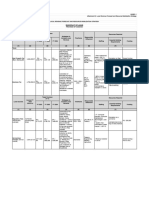0% found this document useful (0 votes)
130 views13 pagesData Analytics for UWI Education
This research proposal seeks to develop a data analytics model to increase student enrollment, predict student outcomes, and improve student retention rates at the University of the West Indies. The project will collect student data, develop an algorithm to predict student performance with 80% accuracy, and create an adaptive system aimed at improving the student experience and retention. If successful, the model could help UWI better understand and respond to students through data-driven insights, potentially enhancing enrollment management, student support, and institutional outcomes.
Uploaded by
mukherjeesCopyright
© © All Rights Reserved
We take content rights seriously. If you suspect this is your content, claim it here.
Available Formats
Download as PDF, TXT or read online on Scribd
0% found this document useful (0 votes)
130 views13 pagesData Analytics for UWI Education
This research proposal seeks to develop a data analytics model to increase student enrollment, predict student outcomes, and improve student retention rates at the University of the West Indies. The project will collect student data, develop an algorithm to predict student performance with 80% accuracy, and create an adaptive system aimed at improving the student experience and retention. If successful, the model could help UWI better understand and respond to students through data-driven insights, potentially enhancing enrollment management, student support, and institutional outcomes.
Uploaded by
mukherjeesCopyright
© © All Rights Reserved
We take content rights seriously. If you suspect this is your content, claim it here.
Available Formats
Download as PDF, TXT or read online on Scribd
/ 13

